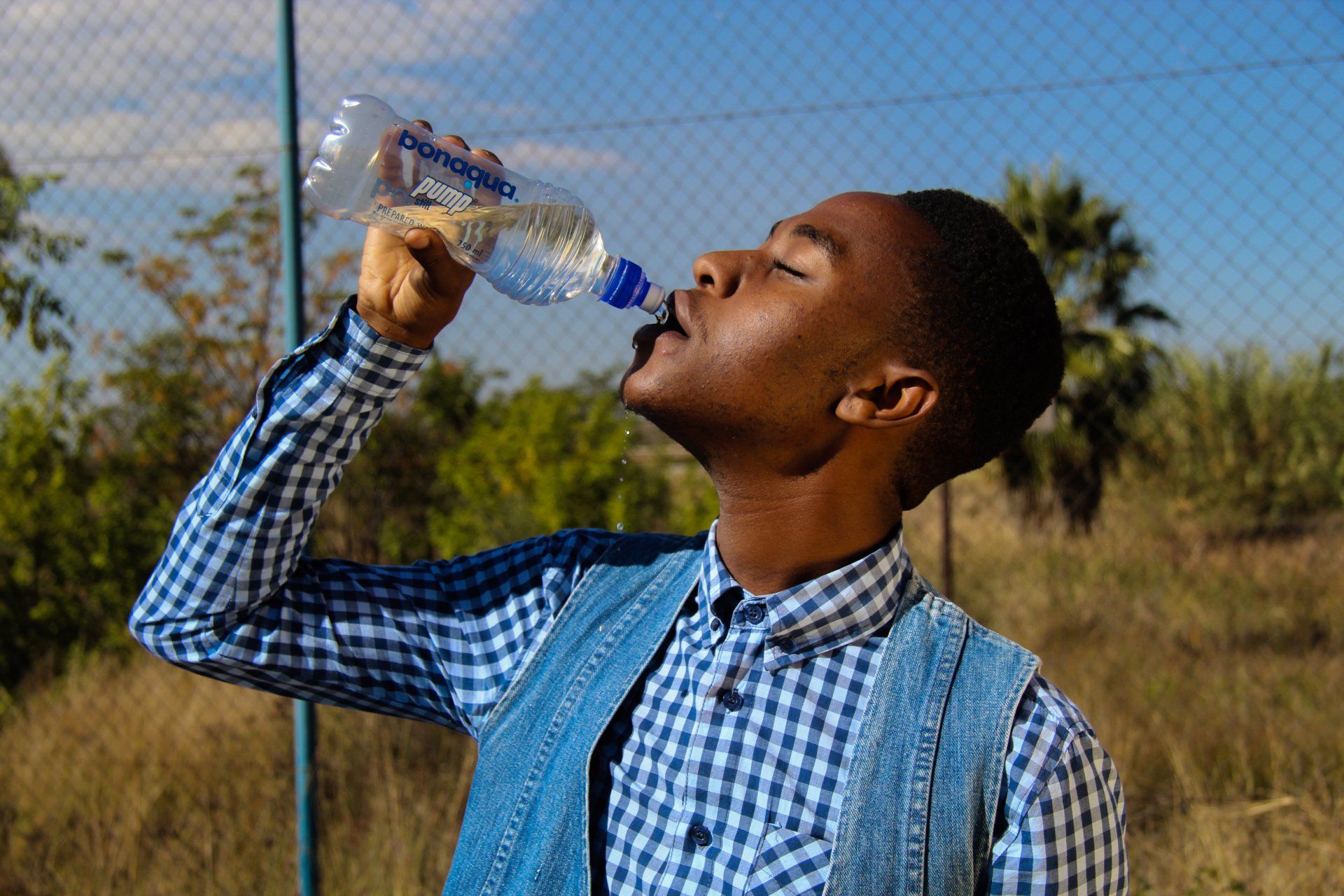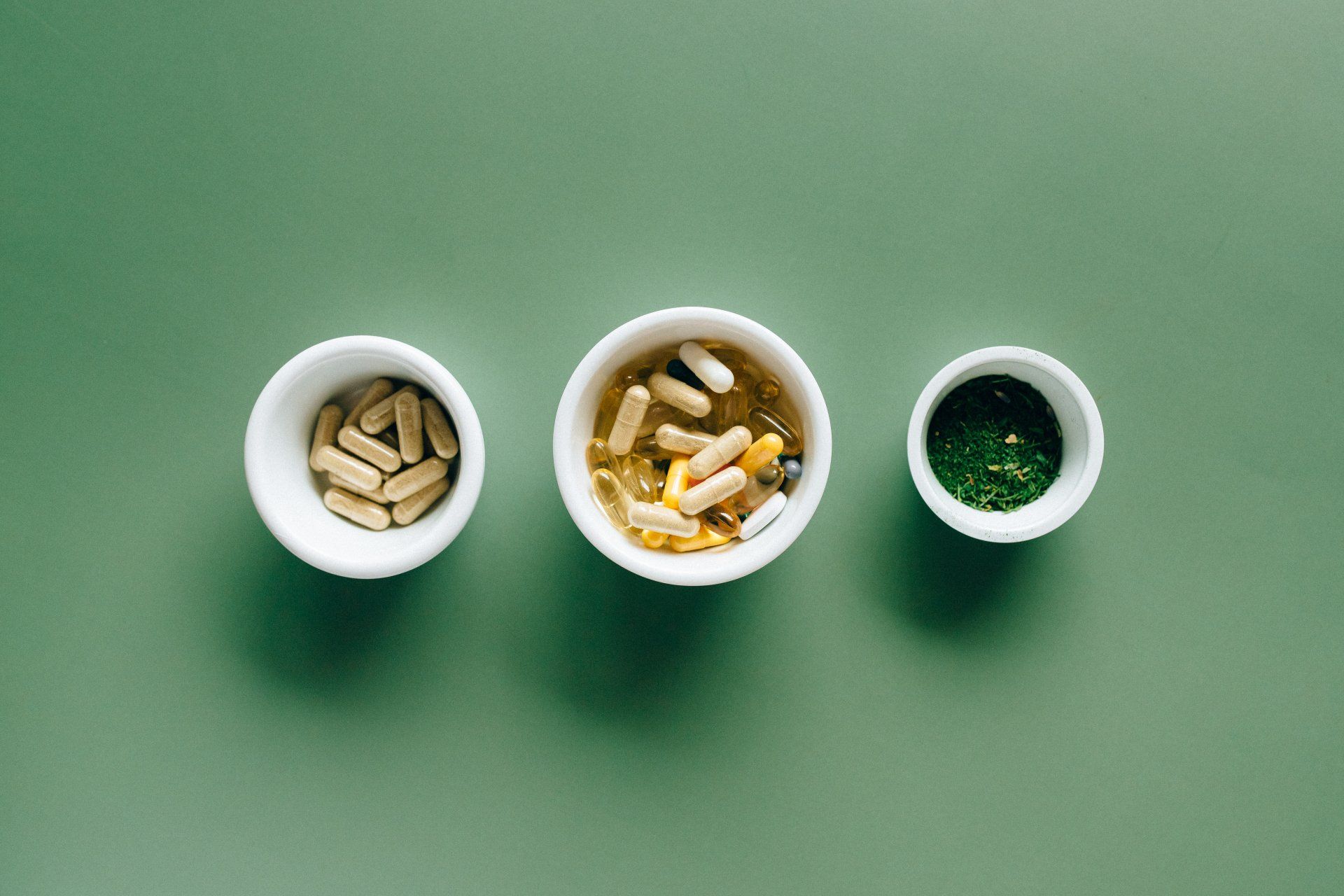Ways to be Happy During Menopause

As life happens, age creeps up on us all. We begin to think about retirement plans, travel, and enjoying life with grandchildren.
But for women, menopause can be the opposite of joyful. It can be emotionally draining for some.
The question of how to maintain happiness and enjoy life during menopause begs an answer.
In this article, we will explore ways to maintain happiness during menopause.
Go outdoors.
A change in environment or scenery impacts how we feel about ourselves.
There is just something about going outside that changes how you feel. With fluctuating hormone levels during menopause, spending time outside helps improve your mood and focus and can help support aging.
Research has found that people who spend time outdoors are happier, healthier, less stressed, more creative, and more socially connected.
Being outdoors also improves short-term memory loss and helps fight anxiety and depression.
Get out with friends.
Women are often called the backbone of the home, taking care of everyone else's needs in the family and leaving no time to care for themselves. Sometimes everything can be overwhelming, especially during menopause.
Menopause is a journey that requires self-care. Finding ways to focus and care for yourself increases happiness and improves the quality of life.
Going out on a date with a friend, a workmate, or even a group of women allows for a different focus, environment, and something different to talk or laugh about.
Having a social network during menopause may improve mood and decreases the chances of depression.
Eat a healthy diet.
Eating a healthy diet, such as a diet high in vegetables, fruits, and healthy proteins and fats, has been found to support physical wellbeing and is associated with better mental health outcomes and happier lives.
Healthy fats, like omega-3 fatty acids, may help with menopause symptoms. You can find Omega-3 fatty acids in:
- Oily fish, such as salmon, mackerel, tuna, herring, and sardines
- Nuts, such as walnuts
- Seeds, such as flaxseeds and chia
- Certain oils, such as soybean and canola oil
Dark chocolate may also help pick you up during those roller coaster moments.
Avoiding foods such as soda, caffeine, hot peppers, and alcohol helps reduce the symptoms of menopause.
Go to sleep.
Studies from the University of Pennsylvania show that sleep disturbances and insomnia associated with menopause increase stress, sadness, and mental exhaustion. On the other hand, getting enough sleep increases mental alertness and improves focus.
If you have difficulty sleeping or staying asleep at night, talk to your doctor about ways to improve your sleep quality.
Don't worry.
Fluctuating hormone levels during menopause cause increased anxiety which may lead to unhappiness and depression. Finding ways to introduce joy may improve your mood.
Taking your mind off your circumstances and the symptoms of menopause by doing something that takes all your attention, like playing the piano, knitting, or writing, may reduce stress and decrease worry.
Exercise.
Exercising during menopause may improve your mood. In addition, increasing your activity levels can lead to weight loss, improved menopausal symptoms, and better quality of life.
Avoid being idle.
Staying busy can keep your mind off the menopausal symptoms and stressful circumstances in your life. Try a new activity or learn a new hobby. Take up baking, knitting, writing, or puzzles. Or look for someone to help. Sometimes doing something for someone else can get your mind off your problems and ignite joy within.
Sources
https://pubmed.ncbi.nlm.nih.gov/31268832/
https://www.verywellhealth.com/perimenopause-anxiety-5218736
https://www.hsph.harvard.edu/news/magazine/happiness-stress-heart-disease/
Thank you for reading Patient Education Essentials, the Write Shift RN blog.
Disclaimer: This article was written as a guest post for Write Shift RN LLC's blog. The information in it may not be wholly fact-checked or edited, allowing the reader to see the writer's work and skills firsthand. This information is not intended as medical advice. It is for informational and educational purposes only. Always talk to your doctor or other qualified healthcare providers about any questions or concerns you may have regarding medical conditions.











